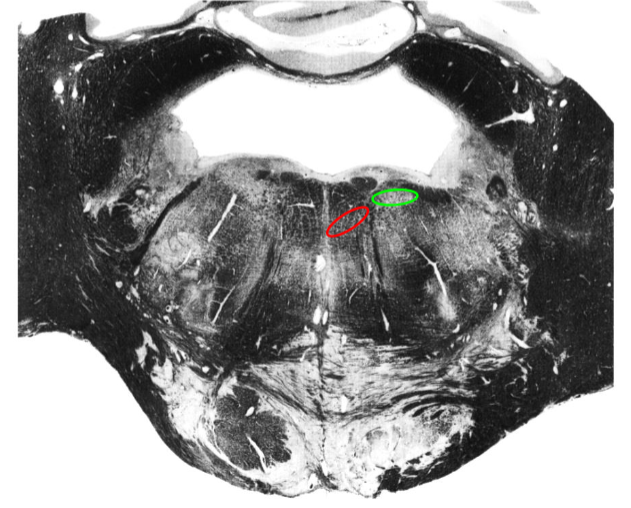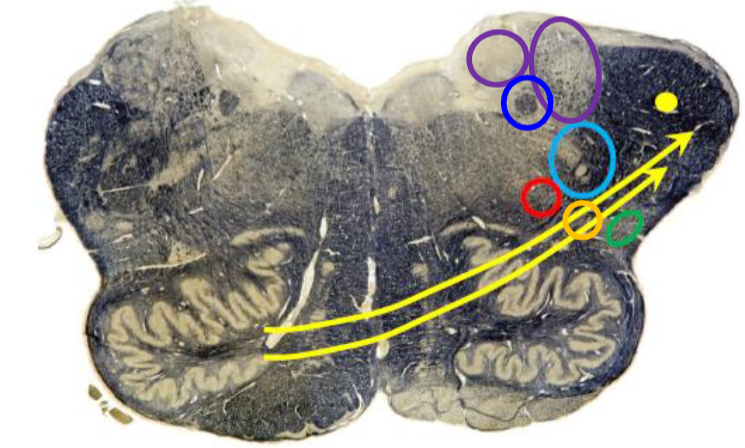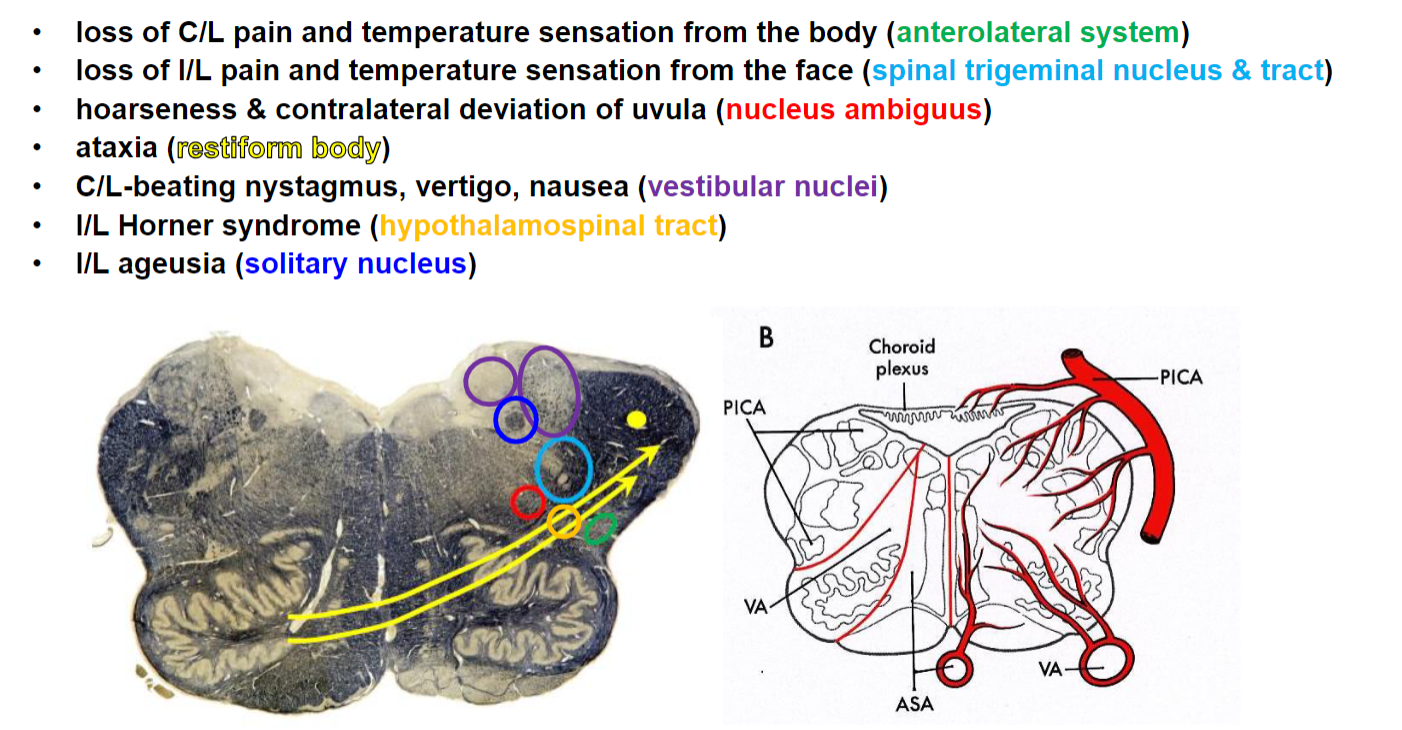Lecture 20: Vestibular System Clinical Conditions
1/9
There's no tags or description
Looks like no tags are added yet.
Name | Mastery | Learn | Test | Matching | Spaced |
|---|
No study sessions yet.
10 Terms
Ménière’s disease
Ménière’s disease is associated with distension of the membranous labyrinth due to high endolymph pressure (“endolymphatic hydrops”)
vertigo, nystagmus, nausea, tinnitus (ringing in the ears), and hearing loss
Treatment can include diuretics or a salt-restricted diet; surgical placement of an endolymphatic shunt
Certain drugs- antibiotic Gentamicin- are ototoxic
injecting a low dose through the tympanic membrane
Semicircular canal dehiscence
Semicircular canal dehiscence occurs when a portion of the temporal bone overlying the canal thins and creates an opening to the dura mater (Anterior and posterior canals are particularly vulnerable)
vertigo, nystagmus, and oscillopsia (lack of visual stabilization in which the visual field appears to jump or oscillate)
Tullio phenomenon: sound-induced vertigo, nystagmus, and oscillopsia (especially in response to loud sounds)
Can be treated surgically with bone cement or soft tissue grafts
Benign paroxysmal positional vertigo
Cited as the most common cause of vertigo
sudden onset, short duration
provoked by a change of head position
Caused when otoconia crystals become dislodged, typically from the utricle into the posterior canal, producing abnormal deflections of the crista ampullaris
vertigo, nausea, and nystagmus
Dix-Hallpike maneuver to diagnose
A variety of repositioning maneuvers are effective for treating BPPV by moving the otoliths back into the utricle
Vestibular neuritis & Vestibular schwannoma
Vestibular neuritis is an inflammation of the membranous labyrinth, vestibular nerve, or ganglion usually caused by a viral infection such as the herpes
Vestibular schwannoma is a benign tumor arising from Schwann cells myelinating CN VIII
Severe vertigo is most apparent in vestibular neuritis, but both conditions are associated with vertigo, nystagmus, and nausea
Hearing loss and tinnitus are more typically associated with vestibular schwannoma and less frequent with vestibular neuritis
Vascular lesions of vestibular nuclei
lateral caudal pons: circumferential branches of basilar + AICA
lateral medullary syndrome: PICA / vertebral artery
Lesion of vestibular nuclei → contralateral-beating nystagmus
Caloric Testing
diagnostic tool for assessing the integrity of the vestibular system
can be performed with either warm water (40° C) or cold water (30° C)
Patient reclining Cold water → endolymph of horizontal duct falls → decreased activity of primary afferents → horizontal nystagmus that beats to the opposite side of the irrigation
Warm water → endolymph of horizontal duct rises → increased activity of primary afferents → horizontal nystagmus that beats to the same side as the irrigation

PPRF and Abducens Nucleus
Lesion to PPRF or abducens nucleus
produces I/L horizontal gaze palsy
with C/L gaze preference
caloric testing can distinguish between the two lesion sites:
If the lesion is in the abducens nucleus, gaze palsy cannot be overcome with caloric testing
If the lesion is in the PPRF, gaze palsy can be overcome with caloric testing (a VOR can be induced)
Oculocephalic maneuver / “Doll’s eye” test
oculocephalic maneuver is a test of the vestibuloocular reflex, and is used to test the level of lesion in a comatose patient
rotates the head to the left and right then flexes and extends the neck
positive oculocephalic response occurs when the eyes maintain fixed gaze (move within the orbits) as the head move
A neurologically intact, awake individual will not exhibit an oculocephalic response because of conscious supranuclear suppression of the brainstem VOR circuitry when the head is in motion
A comatose patient whose lesion is above the brainstem will exhibit an oculocephalic response- Decorticate rigidity/posturing
A comatose patient whose lesion has extended into the brainstem will not exhibit an oculocephalic response- Decerebrate rigidity/posturing

Lateral medullary (Wallenberg) syndrome
